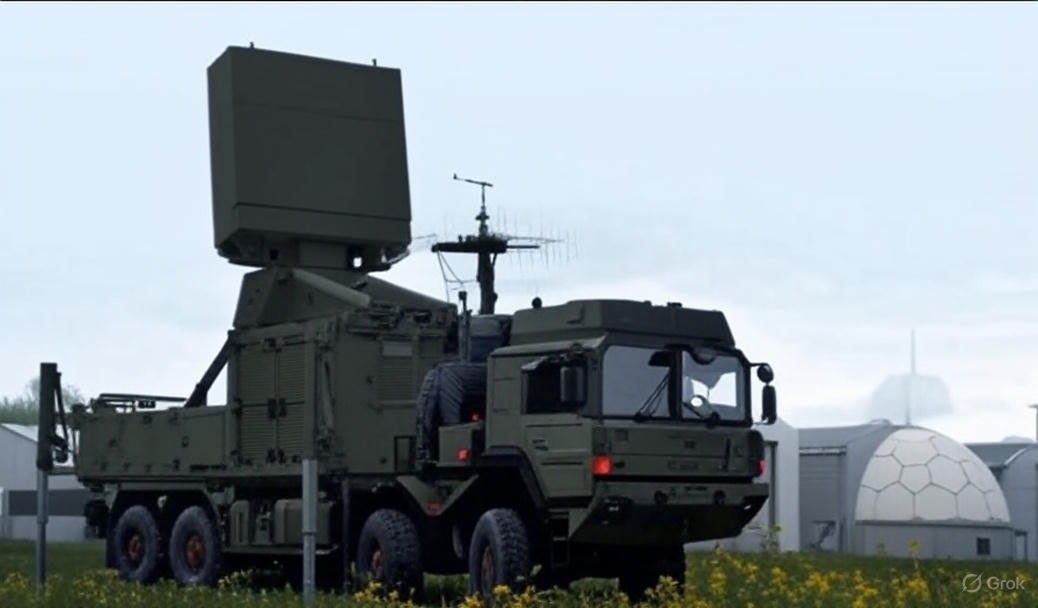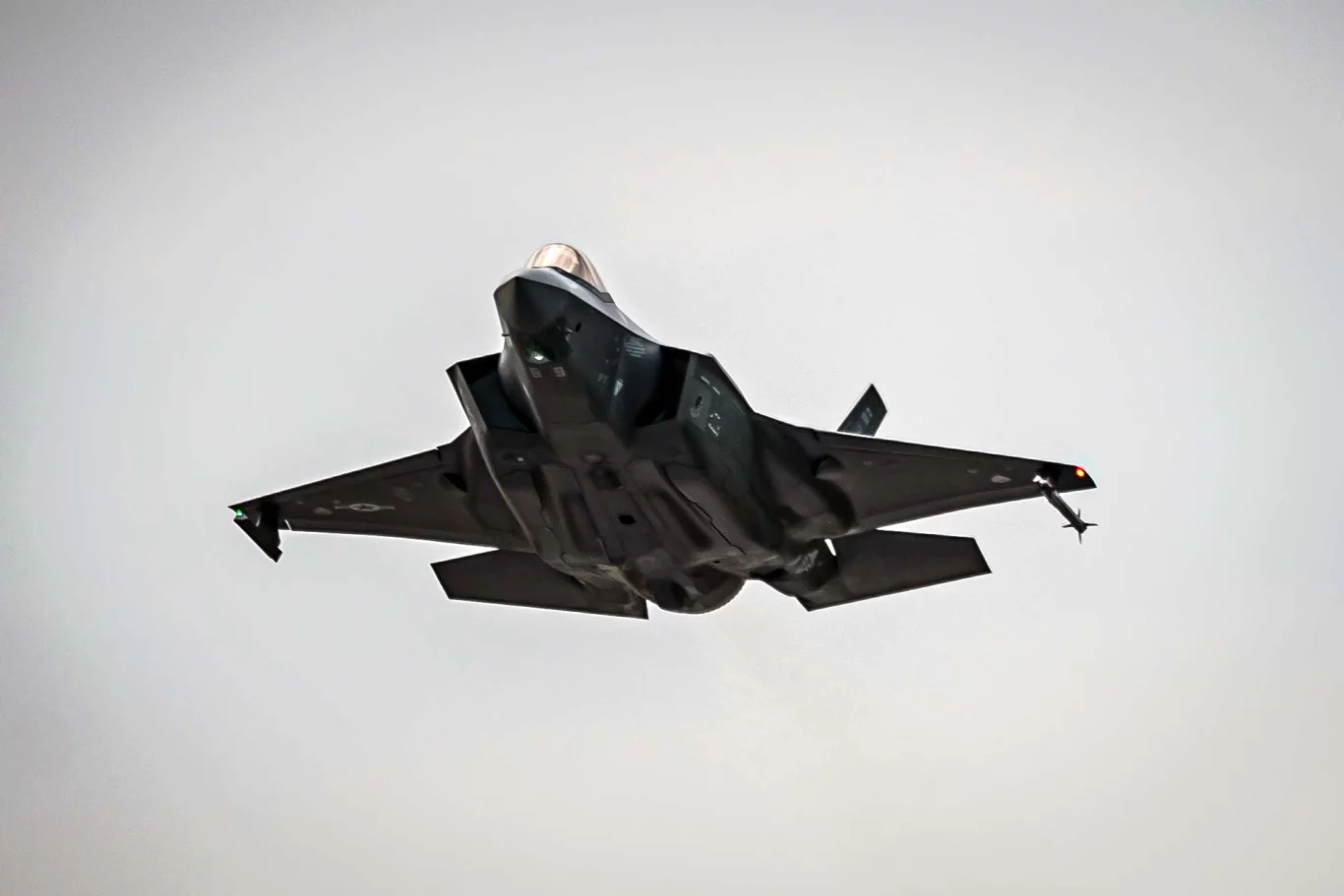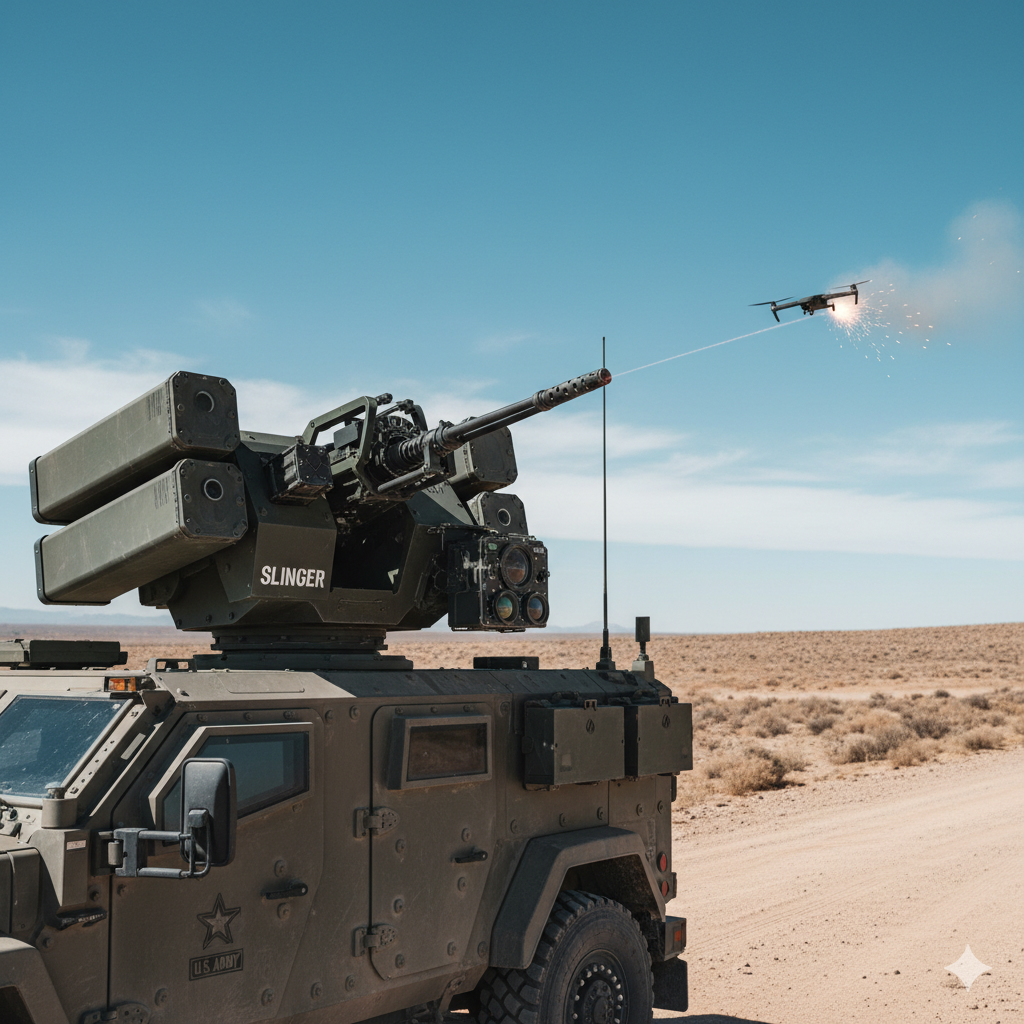In a dramatic display of military might, North Korea has once again captured global attention by unveiling its latest intercontinental ballistic missile (ICBM), the Hwasong-20, during a grand parade on October 10, 2025. This event, marking the 80th anniversary of the Workers’ Party of Korea, was not just a ceremonial affair but a bold statement of Pyongyang’s advancing nuclear capabilities. Presided over by Supreme Leader Kim Jong Un and attended by high-profile international guests, including Russian Security Council deputy chief Dmitry Medvedev, the reveal underscores North Korea’s relentless pursuit of technology that could directly threaten the United States mainland. As tensions in the Korean Peninsula continue to simmer, this new missile represents a significant escalation in the hermit kingdom’s arsenal, blending cutting-edge engineering with provocative geopolitics.
The parade itself was a spectacle of North Korean propaganda and military prowess. Held in Pyongyang’s Kim Il Sung Square, the event featured marching troops, armored vehicles, and an array of advanced weaponry rolling through the streets under the watchful eyes of thousands of spectators and state media cameras. Kim Jong Un, dressed in his signature style, waved to the crowds from a balcony, emphasizing national unity and strength. The inclusion of foreign dignitaries like Medvedev highlights the deepening ties between North Korea and Russia, especially amid ongoing global conflicts such as the war in Ukraine, where reports suggest Pyongyang has been supplying munitions to Moscow. This alliance not only provides North Korea with potential technological know-how but also serves as a counterweight to Western sanctions, allowing the regime to accelerate its weapons development despite international isolation.
At the heart of the parade was the Hwasong-20, described by North Korean state media as the “most powerful” nuclear strategic weapon in the country’s inventory. This ICBM is designed to deliver a devastating blow across vast distances, with claims of a range extending up to 15,000 kilometers—enough to reach major U.S. cities like New York or Washington, D.C., from launch sites deep within North Korean territory. Unlike its predecessors, the Hwasong-20 incorporates advanced solid-fuel propulsion technology, which marks a pivotal shift in missile design. Solid-fuel missiles, as opposed to liquid-fueled ones, can be stored ready-to-launch for extended periods, reducing preparation time from hours to mere minutes. This feature enhances survivability, making it harder for adversaries to detect and preemptively strike the launchers before they fire.
The missile’s physical design further amplifies its threat level. Mounted on an 11-axle transporter-erector-launcher (TEL), the Hwasong-20 features a canisterized system that protects the missile during transport and allows for rapid deployment on rough terrain. The TEL uses a central erection mechanism, a departure from the side-lifting arms seen on the earlier Hwasong-19, which simplifies operations and reduces mechanical stress. This setup bears similarities to Russian mobile missile systems, such as the Topol-M or Yars, fueling speculation about technology transfers or inspiration from Moscow. The blunter, wider nose cone of the Hwasong-20 suggests an increased payload capacity, potentially allowing for multiple independently targetable reentry vehicles (MIRVs). MIRVs enable a single missile to deploy several warheads, each aimed at different targets, overwhelming missile defense systems like the U.S. Ground-based Midcourse Defense (GMD).
To understand the Hwasong-20’s place in North Korea’s missile evolution, it’s essential to trace the program’s history. North Korea’s ICBM ambitions began in earnest in the 1990s with the Taepodong series, which were essentially modified Scud missiles with extended ranges. These early efforts were plagued by failures, but under Kim Jong Un’s leadership since 2011, the program has accelerated dramatically. The Hwasong-15, tested in 2017, demonstrated the ability to reach the U.S. mainland, albeit with liquid fuel that made it vulnerable. The Hwasong-17, unveiled in 2020, pushed boundaries further with its massive size and potential for heavy payloads, but it still relied on liquid propellants. Then came the Hwasong-19 in 2024, North Korea’s first solid-fueled ICBM, which was flight-tested on October 31 of that year. This missile shifted the paradigm toward mobility and quick response, allowing launches from hidden locations to evade satellite surveillance.
The Hwasong-20 builds on these foundations by combining solid-fuel efficiency with enhanced payload options. North Korean engineers have reportedly developed a high-thrust carbon-fiber solid-fuel engine generating approximately 1,971 kN of thrust, a technological feat that improves burn efficiency and reduces weight. This engine was publicly tested earlier in 2025, signaling Pyongyang’s growing expertise in composite materials and propulsion systems. Analysts anticipate a full-range test flight soon, which would validate critical aspects like reentry vehicle durability—ensuring the warhead survives the intense heat of atmospheric reentry—and guidance accuracy for precise targeting. Without such tests, claims of MIRV capability or extreme range remain aspirational, but even partial success would force a reevaluation of regional defense strategies.
Geopolitically, the Hwasong-20’s debut sends ripples across the international landscape. For the United States, it represents a direct challenge to homeland security, prompting calls for bolstered missile defenses and closer alliances with South Korea and Japan. The U.S. has long maintained a policy of “strategic patience” interspersed with sanctions, but experts argue that this approach has failed to curb North Korea’s advances. In response to the reveal, U.S. officials might accelerate deployments of THAAD (Terminal High Altitude Area Defense) systems in the region or enhance intelligence-sharing through trilateral agreements. South Korea, already on high alert due to frequent short-range missile tests from the North, views the Hwasong-20 as part of a broader coercive strategy, potentially aimed at influencing upcoming elections or extracting concessions in stalled denuclearization talks.
Japan, too, faces heightened risks, as the missile’s range covers the entire archipelago. Tokyo has invested heavily in Aegis Ashore and SM-3 interceptors, but a MIRV-equipped ICBM could saturate these defenses. Meanwhile, China’s reaction remains muted; as North Korea’s primary economic lifeline, Beijing benefits from Pyongyang’s ability to divert U.S. attention but risks instability on its border. Russia’s presence at the parade suggests a quid pro quo, with North Korea possibly receiving engine technology or satellite data in exchange for artillery shells and manpower support in Ukraine. This axis of authoritarian states complicates global efforts to isolate Kim’s regime, as evidenced by vetoes in the UN Security Council blocking new sanctions.
Within North Korea’s broader nuclear doctrine, the Hwasong-20 complements a layered arsenal. Short-range systems like the KN-23 and KN-24 provide tactical options against South Korean targets, while intermediate-range missiles such as the Hwasong-12 threaten U.S. bases in Guam and Japan. Submarine-launched ballistic missiles (SLBMs) from the Pukguksong series add a sea-based deterrent, though limited by the navy’s small fleet. The Hwasong-20, with its emphasis on survivability, fits into a “use it or lose it” strategy, where mobility deters preemptive strikes. By claiming multi-warhead capabilities, Pyongyang aims to achieve a minimum credible deterrent, ensuring mutual assured destruction even against superior foes.
The implications for global security are profound. Shorter launch times compress decision-making windows for world leaders, increasing the risk of miscalculation in a crisis. Missile defense systems, already strained by hypersonic and maneuverable threats, must adapt to potential decoys and multiple warheads. Diplomatically, the reveal dims prospects for dialogue; past summits between Kim Jong Un and former U.S. President Donald Trump yielded photo ops but no lasting agreements. Current U.S. administration policies focus on deterrence through alliances, but without engagement, North Korea’s program will likely continue unchecked.
In conclusion, the Hwasong-20 is more than a missile—it’s a symbol of North Korea’s defiance and ingenuity in the face of adversity. As the world watches for the next test flight, the international community must weigh the costs of confrontation versus negotiation. For now, this new threat looms large over the U.S. mainland, reminding us that the Korean Peninsula remains one of the most volatile flashpoints in global affairs.




